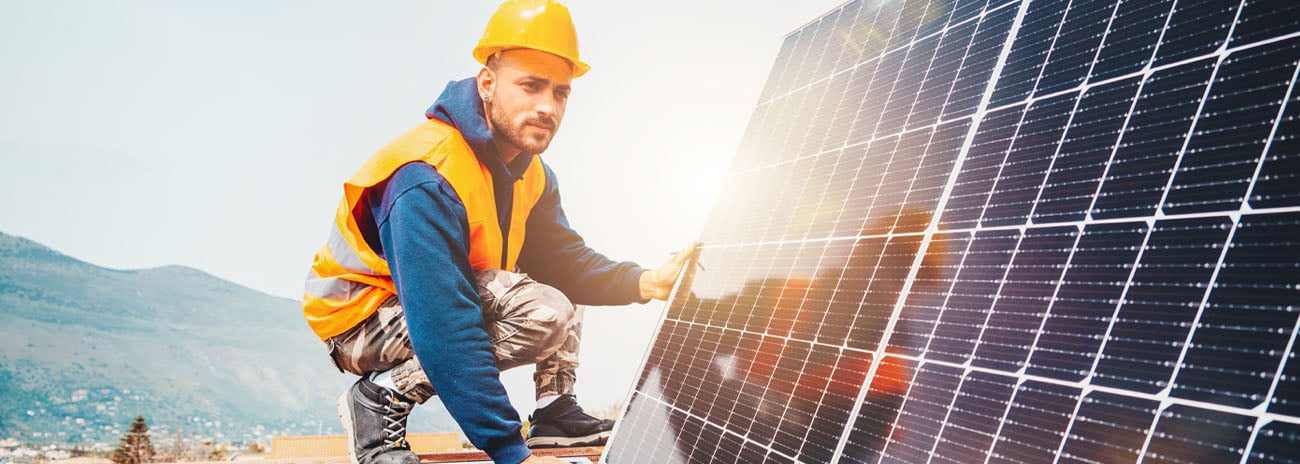
The energy and utilities industry is at the crux of transformation. As one of the largest sources of global carbon emissions, it faces great pressure to lead the shift toward a more sustainable future.
With climate change intensifying, regulations tightening, investor expectations evolving, and public demand for accountability growing, it’s become essential to adopt environmental, social, and governance (ESG) principles.
The question is no longer if the industry must change, but how will it redefine itself?
While many blame utilities for negative environmental impact, the sector continues to favor sustainable practices compared to other industries. 2025 has brought challenges, but the industry is adapting to what lies ahead.
In 2025, the US experienced an unprecedented surge in electricity consumption. According to the Energy Information Administration (EIA), total consumption is projected to reach 4,205 billion kilowatt-hours (kWh). This spike is driven by the rapid growth of data centers, AI, manufacturing, and the electrification of transportation and buildings.
While these changes are increasing consumption, they also represent progress. They unlock innovation and efficiency gains that compel energy and utilities to scale, modernize, and adapt to meet demand more sustainably.
Rising energy consumption is fueling reliance on renewable energy, with global clean energy investment reaching $386 billion in the first half of 2025, up 10% from last year, according to BloombergNEF.
However, US investments in clean energy dropped 36% in 2025 compared to late 2024, after a pre-election rush to secure tax credits gave way to policy and economic uncertainty. With over $14 billion in renewable projects canceled this year, electricity bills rose by nearly 10%.
Still, the US is set to add 63 GW of clean energy in 2025—a 60% jump from 2024—led by wind growth and a tripling of storage capacity for a stronger grid. These additions may not erase recent setbacks, but they reaffirm the US’s commitment to a cleaner, more resilient energy future.
Customers now expect the same seamless, personalized experiences from public utilities that they get from private providers. Yet many still struggle with legacy systems, fragmented channels, and outdated service models. As a result, more organizations recognize the urgency of AI adoption.
As Yuan Yao, associate professor at the Yale School of the Environment, explains: “The applications of AI can bring environmental benefits.... AI can enhance energy efficiency and reduce energy usage, and it assists in environmental monitoring and management, such as tracking air emissions. Moreover, AI supports process and supply chain optimization to minimize environmental impacts.”
In the energy and utilities industry, sustainability goes beyond investing in clean energy as it also includes customer experience. With 70% of customers reporting long wait times on calls, there is urgency for providers to adopt digital solutions that improve efficiency and give customers more control.
Self-service tools, mobile apps, and AI-powered support reduce paper waste, streamline manual processes, and lower call volumes. This not only cuts costs and saves energy but also frees up staff for higher-impact work.
True efficiency means removing friction at every step. With connected platforms and real-time data, the industry can personalize experiences, send timely alerts, and help customers track usage and billing. This transparency builds trust and enables smarter energy use.
Now is the time for utilities to invest in the right digital infrastructure and teams that can turn data into action. But what does it take to build that kind of system?
Prioritizing efficiency creates a system with less waste. This drives sustainability while boosting customer satisfaction by enabling utilities to move faster and smarter.
With data and AI, leading CX providers can detect issues early and resolve complaints faster and more smoothly. This translates into:
With predictive analytics, the energy and utilities industry can be more proactive, providing excellent support while enhancing operational efficiency.
Across the U.S., utilities face long wait times and high call abandonment rates, underscoring persistent service challenges. With customers increasingly tech-savvy, introducing self-service tools directly addresses this issue by empowering them to solve problems on their own.
AI-powered self-service systems support customers and organizations by driving operational efficiency through:
In summary, reliable self-service portals reduce wait times, improving customer experience while enhancing efficiency and reducing resources.
With storm season, summer and winter electric peaks, and billing cycles, utility companies regularly experience seasonal surges in customer call volume.
With tools like EverAI, specifically designed to accelerate the agent lifecycle by 20-30%, utility companies can ramp up quickly, without overextending their resources or sacrificing support quality.
As global electricity demand keeps rising, the energy and utilities industry must balance growth with sustainability. Renewables are set to overtake coal as the world’s leading power source, nuclear output is reaching record highs, and gas is steadily replacing older fuels.
Still, the sector faces uncertainty due to weather and economic conditions, with emissions possibly plateauing by 2026 depending on market trends and grid and storage growth.
The future belongs to cleaner, more reliable systems. Companies that invest in sustainability and efficiency can optimize operations, reduce waste, and align with environmental goals. This positions them to lead and maintain customer trust through the changes ahead.